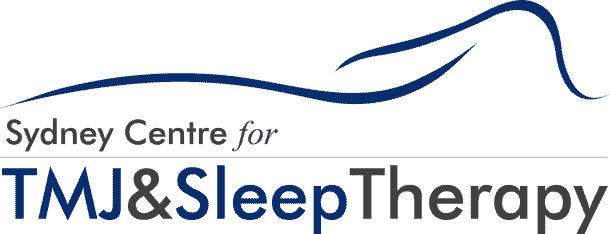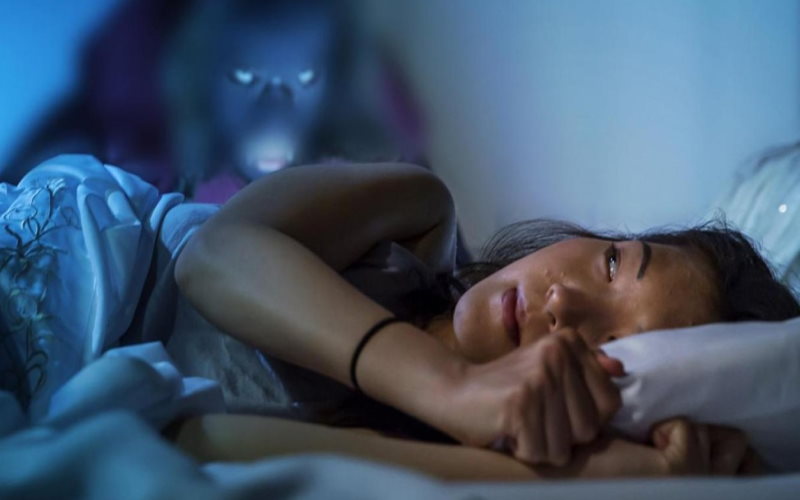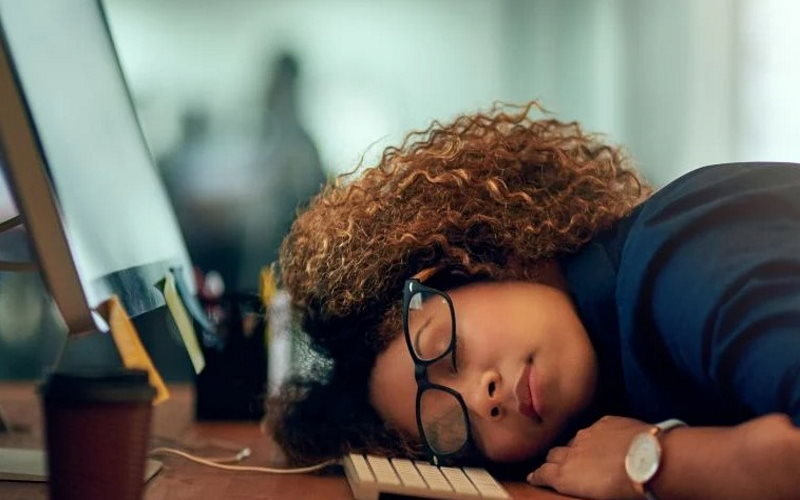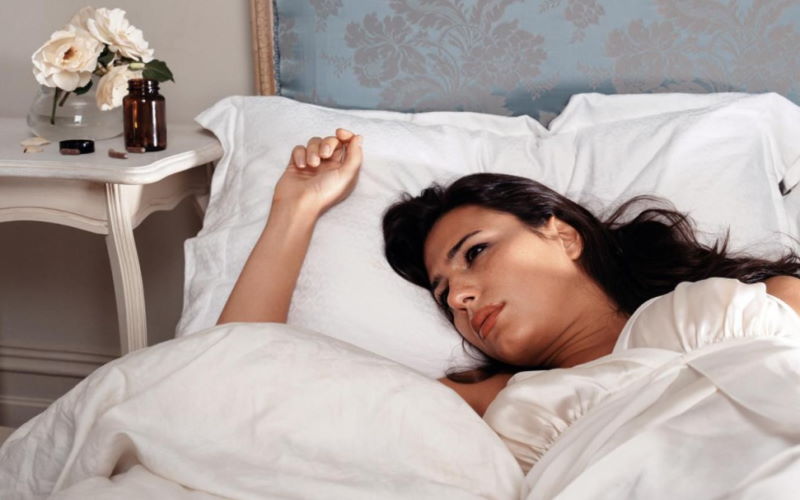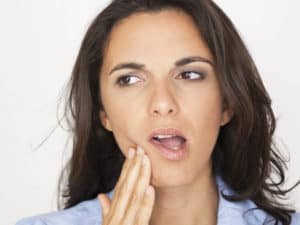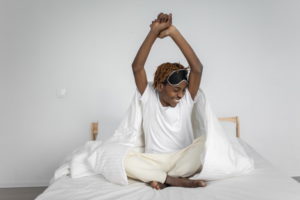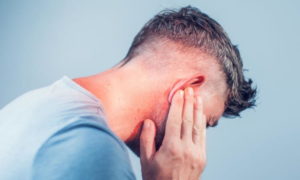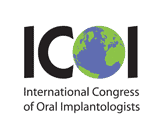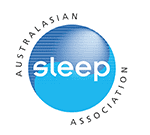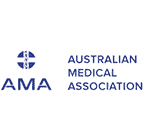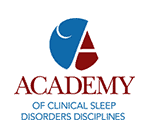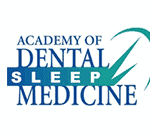It’s the stuff of nightmares – you wake up in the middle of the night, fully aware of the things around you – but you cannot move. Your eyes are wide open, but you cannot get up or lift a finger. You can’t even open your mouth to murmur words, much less shout for help. You feel paralyzed. This is a condition called sleep paralysis. But what causes this condition? Is it something to be scared about? More importantly, can sleep paralysis be cured?
Dig deeper to uncover the mysteries of this so-called terror in the night. While most people think of awake and sleep as two distinct and defined states, conditions such as sleep paralysis blurs the boundaries between the two.
Sleep paralysis in a nutshell
Sleep paralysis is the temporary inability to move, which occurs right after waking up or falling asleep. People with this condition remain aware of their surroundings during the episode. What makes this condition even scarier for many is that the episodes often come with hallucinations and a suffocating sensation. Some feel a strong sense of presence with them in there, some experience difficulty in breathing, and intense emotions. It can be a terrifying feeling, but surprisingly, it’s actually a pretty common phenomenon.
Demystifying the Terror
Sleep paralysis happens when there’s a glitch between a person’s Rapid Eye Movement (REM) stage of sleep and wakefulness.
Not to be mistaken with deep sleep, REM is the stage in the sleep cycle where your brain is at its most active state. So active that when placed in a polysomnography (PSG, a multi-parametric test to study sleep and diagnose sleep disorders), the brain activity would look a lot like it does when awake.
The brain processes multiple things and a lot of information during REM, you remember some as dreams. One of the brain’s ways to protect itself during this state is to paralyze the body, so you don’t act on things during your sleep.
The glitch occurs when there’s a disruption in the transmission between waking and REM sleep. In sleep paralysis episodes, a person is able to wake up, but the “protective paralysis” of the brain during REM sleep has not subsided yet. This is why episodes of sleep paralysis are more common towards the end of the sleep pattern in the morning. However, it is always possible to experience them at any time of the day as well.
What causes sleep paralysis?
While experts are yet to pinpoint the exact cause of episodes of sleep paralysis, data suggests strong correlation with sleeping disorders. One study shows higher rates of episodes (up to 38%) among people with obstructive sleep apnea (OSA), a sleep disorder characterized with loud snoring, caused by lapses in breathing.
Sleep paralysis is also more common among people with nighttime leg cramps.
Excessive daytime sleepiness associated with insomnia and people with disrupted circadian rhythms, shift workers, and people with jet lag are also at risk of sleep paralysis.
Anxiety disorder, post-traumatic disorder (PTSD), and those who experienced childhood sexual abuse, emotional trauma, and physical trauma also have a higher risk of having sleep paralysis.
Medical literature has categorized two types of sleep paralysis
1. Isolated – this happens when episodes of sleep paralysis are not related or connected to any underlying diagnosis of narcolepsy. Narcolepsy is a neurological disorder that affects the brain and keeps it from controlling the wakened state, causing sleep paralysis.
2. Recurrent – this type involves multiple sleep paralysis episodes over time.
In many cases, these two are combined to describe a condition called Recurrent Isolated Sleep Paralysis (RISP), which involves multiple episodes of sleep paralysis even without narcolepsy.
How common is sleep paralysis?
Experts believe that up to four out of every 10 people experience episodes of sleep paralysis at some point in their life. It is also said to occur at any age, affecting ages 7 to 25, and can happen even without symptoms. Episodes are said to be more common and frequent during a person’s 20s and 30s.
Factors linked to sleep paralysis include, but are not limited to the following:
- Lack of sleep
- Changes in sleep schedule
- Sleeping on the back
- Sleeping disorders (nighttime leg cramps, narcolepsy, etc.)
- Mental disorders (bipolar, etc.)
- Using certain medications (ADHD medications)
- Substance abuse
Why is sleep paralysis associated with hallucinations
Experts estimate almost 75% of episodes of sleep paralysis involve hallucinations distinct from dreams. This can happen while falling asleep (hypnagogic hallucinations) or when waking up (hypnopompic hallucinations). The hallucinations are categorized into three:
- Chest pressure hallucinations – also referred to as incubus hallucination, this type of hallucination incites suffocating sensation, and often happens during intruder hallucinations.
- Intruder hallucinations – this refers to the presence or perception of a dangerous person in the room.
- Vestibular-motor (V-M) hallucination – this refers to out-of-body sensations or movement feeling (flying).
Can sleep paralysis be cured?
Health experts have yet to identify the exact cause of sleep paralysis; there are still no hard and fast rules or one-size-fits-all cure or treatment for the condition.
Since there are many factors that contribute to sleep paralysis, it is important to talk to your doctor to identify which factors to diagnose and treat first. If the episodes are linked to narcolepsy, for example, then treating narcolepsy could help mitigate sleep paralysis.
Generally, improving your sleep quality and sleep hygiene could help prevent sleep paralysis. Some examples of this include:
- Having a fixed sleep and wake schedule
- Having a pre-bed routine to relax and get comfortable
- Outfitting the bedroom and making it more conducive for sleep
- Putting electronic devices away, turning off the television
- Reducing consumption of alcohol, caffeine, tobacco, etc.
Some experts suggest “breaking the episode” of sleep paralysis as soon as it starts. This means moving smaller muscles first, such as the eyes, fingers, or toes to snap out of the episode. Others report making noises with their throat to get attention from bed-partners helps them from breaking out of the paralyzed state.
As soon as you get out of the paralysis, it would be best to avoid getting back to sleep and risk returning to the sleep paralysis episode. Rather, get up and move around to be fully awake.
